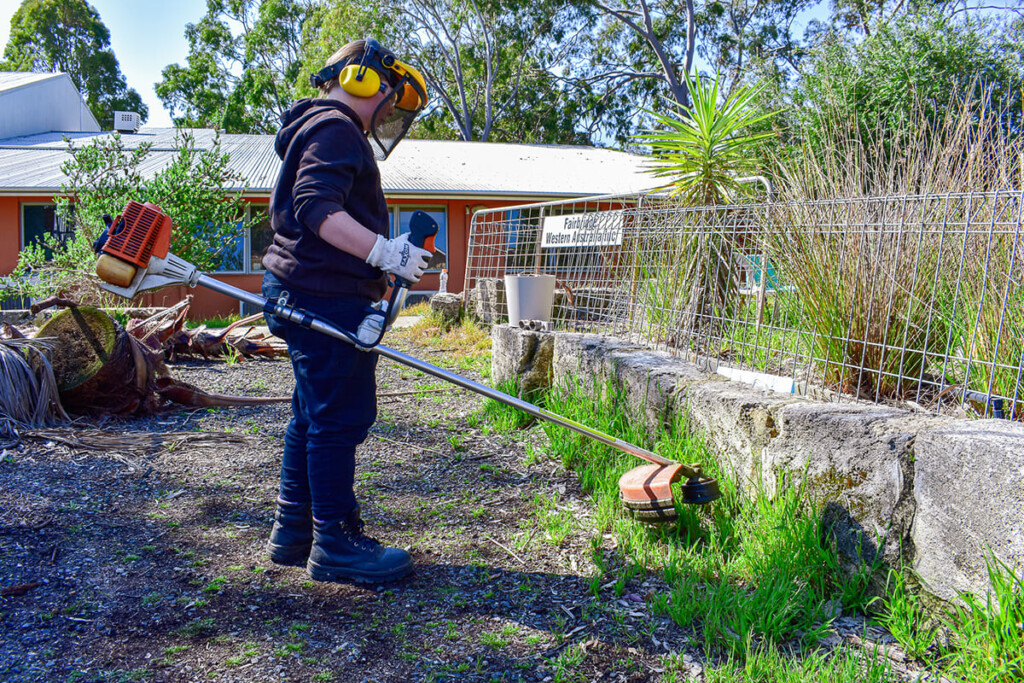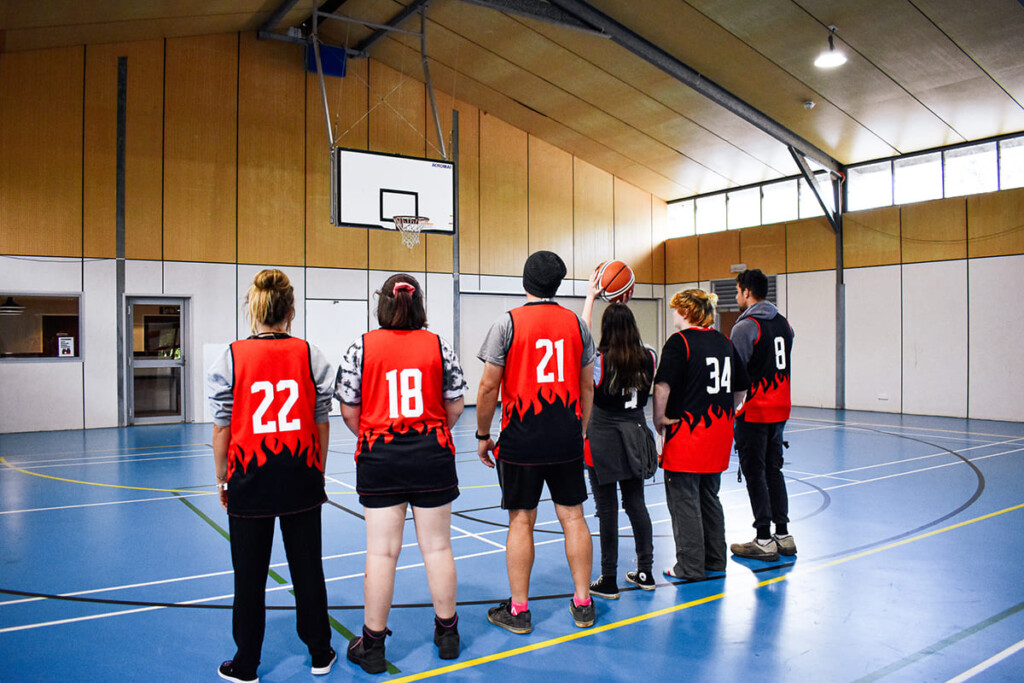Newsletters serve as a vital communication tool for schools, offering insights into the institution’s culture, achievements, and activities. They reflect a school’s values and priorities, engaging students, parents, and the wider community.
The Importance of Communication
Effective communication is essential in any educational environment. Newsletters play a crucial role in keeping stakeholders informed about school events, academic progress, and extracurricular activities. By providing regular updates, newsletters help to create transparency between the school and its community.
For parents, receiving a newsletter means staying connected to their child’s school life, even if they cannot be physically present. This connection fosters a sense of belonging and engagement. Schools that communicate effectively through newsletters tend to see higher levels of parental involvement, which can significantly enhance student outcomes.

Showcasing Achievements
One of the most significant roles of newsletters is to showcase the achievements of students, staff, and the school as a whole. Celebrating accomplishments, whether academic, sporting, or artistic, not only boosts morale but also highlights the school’s strengths.
For instance, featuring student achievements in the newsletter—such as academic awards, sporting victories, or artistic performances—demonstrates the school’s commitment to excellence. It sends a positive message to current and prospective families about the quality of education and opportunities available.
Moreover, sharing success stories can inspire other students. When students see their peers being recognised for their hard work, it can motivate them to strive for similar achievements. This culture of recognition fosters an environment where students feel valued and encouraged to excel.
Fostering Community Spirit
Newsletters often reflect the community spirit of a school. They can include information about upcoming events, volunteer opportunities, and community partnerships. By promoting participation in school events—such as fairs, sports days, and parent-teacher meetings—newsletters help build a sense of belonging among families and the broader community.
In addition, newsletters can highlight community involvement by featuring local businesses or organisations that support the school. This not only strengthens community ties but also showcases the school’s commitment to fostering relationships beyond its walls.
When newsletters include messages from school leaders, it personalises communication. Parents and students can connect with the leadership team, gaining insight into the school’s direction and values. This transparency helps build trust and enhances the school’s reputation within the community.
Emphasising Values and Vision
A school’s newsletter often reflects its core values and vision. By consistently highlighting these elements, schools can communicate their mission to the community. This may include promoting inclusivity, respect, and academic integrity.
In a world where values can sometimes be overlooked, newsletters provide a platform for schools to reiterate their commitment to fostering a positive learning environment. By featuring stories and initiatives that align with their values, schools can reinforce their commitment to these principles. For instance, highlighting programs that promote mental health, environmental sustainability, or diversity demonstrates a proactive approach to education and community well-being.
Moreover, newsletters can serve as a tool for communicating changes or updates in school policies or curriculum. This keeps the community informed and engaged in the school’s evolution, reinforcing a sense of partnership between the school and its stakeholders.
Encouraging Student Voice
Newsletters can also reflect student voice and agency. Including sections written by students—such as articles, artwork, or essays—encourages young people to express themselves and feel valued within their school community. This involvement helps students develop essential skills, such as communication and critical thinking.
Highlighting student contributions can also promote a sense of ownership over the school environment. When students see their work published, it validates their efforts and encourages further engagement. This not only enhances their school experience but also fosters a culture of collaboration and creativity.

Navigating Challenges
While newsletters offer numerous benefits, they also present challenges. Schools must ensure that the content is relevant, engaging, and accessible to all families. This includes considering the diverse needs of the community, such as language barriers and varying levels of technological access.
Moreover, schools must be mindful of the frequency and format of newsletters. Overloading families with too much information can lead to disengagement, while infrequent communication may result in a lack of awareness about important events and initiatives. Striking the right balance is essential for maintaining engagement.
Conclusion
Newsletters serve as a bridge between the school and its community, fostering communication, showcasing achievements, and promoting values. By effectively utilising newsletters, schools can enhance engagement, build community spirit, and ultimately contribute to a positive educational experience for all stakeholders.





